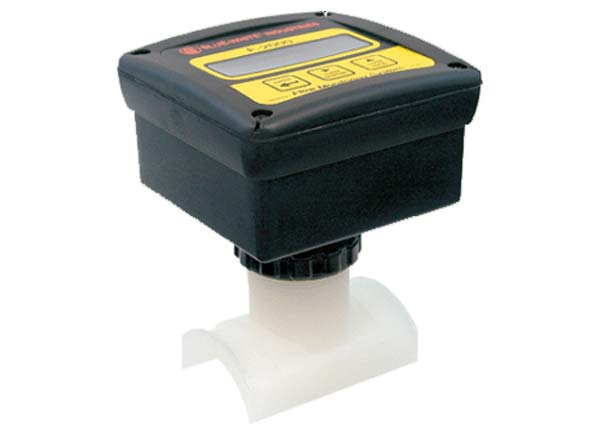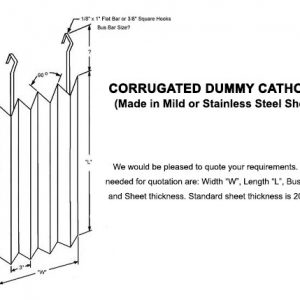Flow Meter / Control or Water Meter
A Flow Meter / Control or Water Meter may be connected to a digital metering pump that accepts an analog or pulse proportional signal and may be used to inject a liquid such as a chemical, sanitizer or fertilizer at a rate proportional to flow rate. The digital flow meter is wall mounted with a digital readout of the flow rate, a resettable totalizer, and a permanent totalizer. It has two relays for alarm or contact control, analog and pulse output. The pulse output may be configured to send a selectable number of pulses per gallon. More favored and versatile is to use the 4-20mA proportional analog signal, that may be easily set to a range of desired flow rate. The chemical metering pump would accept a 4-20mA signal and may also be user scaled to a desired injection output.
Flow meters are sophisticated measuring devices that employ a range of technologies designed to quantify the rate or volume of a moving fluid, either liquid or gas, in an open or closed conduit. The type of flow meter used will vary by application, but coriolis, differential pressure, magmeter, electromagnetic, oval gear, thermal, paddlewheel, positive displacement and ultrasonic are the most commonly used technologies.
One of the most common flow measurement mistakes is the reversal of this sequence: instead of selecting a sensor which will perform properly, an attempt is made to justify the use of a device because it is less expensive. Those “inexpensive” purchases can be the most costly installations. This page will help you better understand flow meters, but you can also speak to our application engineers at anytime if you have any special flow measurement challenges.




